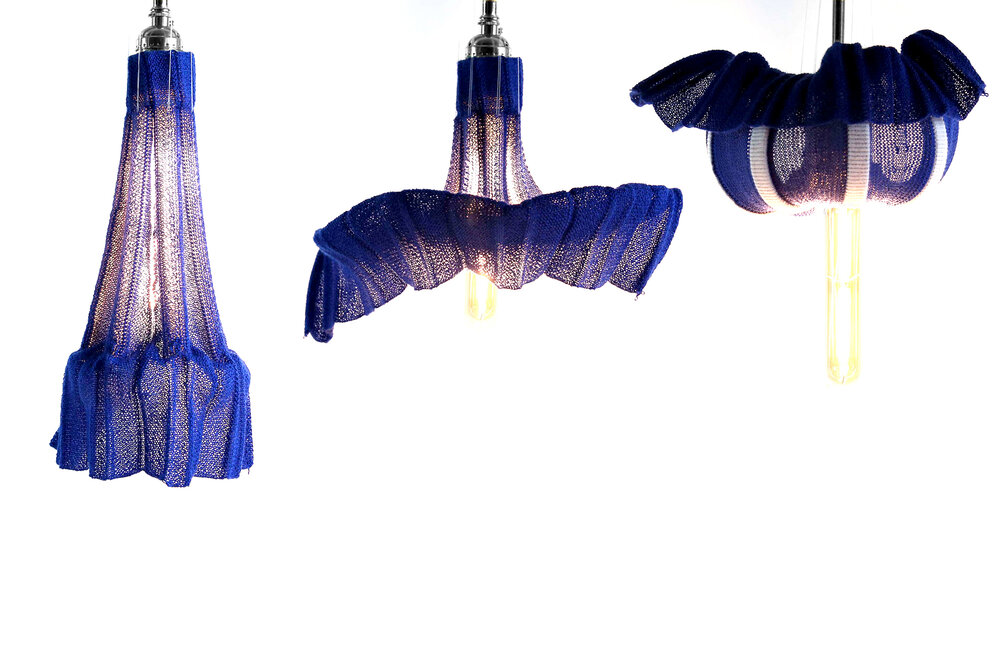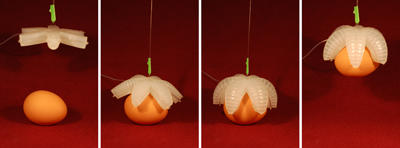Intro To Soft Robotics
Soft robotics is a branch of robotics that makes use of compliant (e.g. soft, stretchy, flexible) rather than rigid materials. These kinds of robots are particularly useful in applications involving people and other fragile objects, and they are of particular interest in medical robotics (including surgery, drug delivery and assistive robotics).
Often soft robots are based on biological organisms (which are themselves compliant), and make use of features such as artificial tendons, muscles and blood vessels.
Making Soft Robots at the CCI
Inflatable soft robots
Reference: Inflatable Robotic Project Examples
The classic image of the soft robotic 'tentacle' is made from cast stretchy rubber, with a chamber that guides airflow through a shaped internal structure. As air flows through the chamber, the shape causes the robot to bend in different directions. We stock a range of air pumps, syringes (for manual testing), tubing and valves to test inflatable robots.
For a guide on how to set up an air pump, please see the 5V Air Pump Guide.
Flat/Adhesive Inflatables
Coming Soon: How to make Heat Sealed Inflatables
Adhesive or heat-sealed inflatables have the advantage of being relatively quick to make, and using quite cheap materials.
Cast Inflatables
Workshop: How to make Cast Inflatables
Cast inflatables allow you to make a range of complex 3D shapes, such as grippers and limbs. They can be time-consuming to make, however, so make sure you leave enough time! If you're interested in using the silicone, you need to meet first with Alex and Rohit to discuss your project. We have some example moulds and tentacles in the hack space.
Textile Robots
Workshop: Making a Knitted Actuator
It's also possible to fabricate robotic limbs using the knitting machine, using threads/wires woven into knitted fabric as tendons. CMU's Morphing Matter lab has a project on creating knitted actuators. We've not done much research into this here but want to develop it further, if you're interested come and chat to us.

Auxetic Materials, Origami and Kirigami
Coming Soon: Auxetic Materials Examples
There are a number of ways to change flat, rigid materials into surfaces with a variety of mechanical properties.
Resources
The website Soft Robotics Toolkit was developed as part of an educational initiative by the Harvard Biodesign Lab, and has a huge amount of resources, design guides and learning materials for working with soft robotics. In particular, their OpenSCAD-based design tool
Research
If you're looking for inspiration in developing soft robotics, the following groups are all producing interesting research:
- Whitesides Lab at Harvard University
- Bristol Robotics Lab Soft Robotics Research Group
- Carnegie Mellon University Morphing Matter Lab
- MIT's Self Assembly Lab
- ETH Zurich's Soft Robotics Lab

